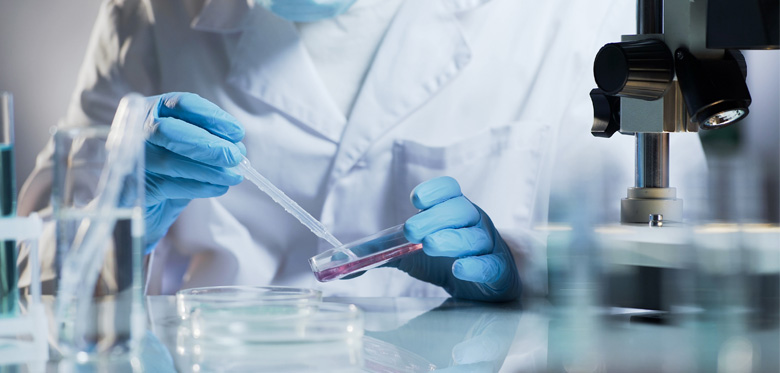DNA evidence has developed over the years in the field of criminal law. The first case in which it was used by the police was back in 1986 whereby two teenagers had been raped and murdered. The initial suspect in relation to the crimes was proven to be innocent through DNA profiling. Eventually, Colin Pitchfork was arrested and convicted of both murders.
DNA is an important tool for law enforcement agencies in detecting crime. Fingerprinting has been around for considerably a longer period, but DNA provides further assistance via the analysis of deposits of blood, saliva, sweat and hair, for example, in order to identify the culprit in a crime.
According to national statistics, in 2020, there were 5.6 million individuals on the DNA database in the UK. Under the Criminal Justice Act 2003, the police have the power to take and retain a DNA sample from any person arrested for a recordable offence.
From a criminal defence point a view, there are still challenges to DNA evidence and it is important that expert evidence is obtained to review the findings obtained by the police.
Recent case study- client represented by Colin Rawson
Colin Rawson was instructed by a client who was charged with two offences of causing serious injury by dangerous driving. The maximum sentence for this offence is five years in prison. The police were called following the reports of a serious road traffic collision. The offending vehicle had driven through a red light at speed and collided into a vehicle who had the right of way. Vehicles were flipped on their side and unfortunately two individuals suffered serious injury. The driver of the offending vehicle and his passenger left the scene.
The offending vehicle was recovered and the driver’s air bag was forensically tested. The vehicle was identified as being owned by a person who denied he was driving at the time. The results of the DNA returned with a finding that my client’s DNA was on the airbag along with DNA from the owner of the vehicle. However, DNA profiling, according to the police, identified my client as more likely to be the driver. He accepted that he had been a passenger in the car on a previous occasion.
Numerous enquiries were raised with the police. It was identified that there was a police report approximately one hour before the collision with the owner of the vehicle driving the offending vehicle at that time. The owner’s phone and bank card were recovered from the car. Despite this, based on the DNA evidence, my client was still facing trial at the Crown Court and the prospect of a lengthy prison sentence.
An expert (forensic scientist) was instructed by the defence. They were able to review all the samples obtained and consider the evidence presented by the prosecution expert. In summary, the defence expert raised many reasonable lines of enquiry, for example the area of the airbag examined was a small area, the prosecution could not determine how the DNA came to be on the driver’s air bag and more importantly, the expert could not rule out that the second DNA profile (from the owner of the car) belonged to the person who had been the driver at the time of the collision.
This evidence was presented the Crown Prosecution Service and the police expert. They conceded these points. As a result, the Crown Prosecution Service could no longer show there was a realistic prospect of conviction against my client and on advice of their barrister, the case was dismissed.
It is therefore very important of faced with any criminal offence to obtain expert legal advice at the earliest opportunity. If you require legal representation call our crime team on 0161 696 6188.




Comments